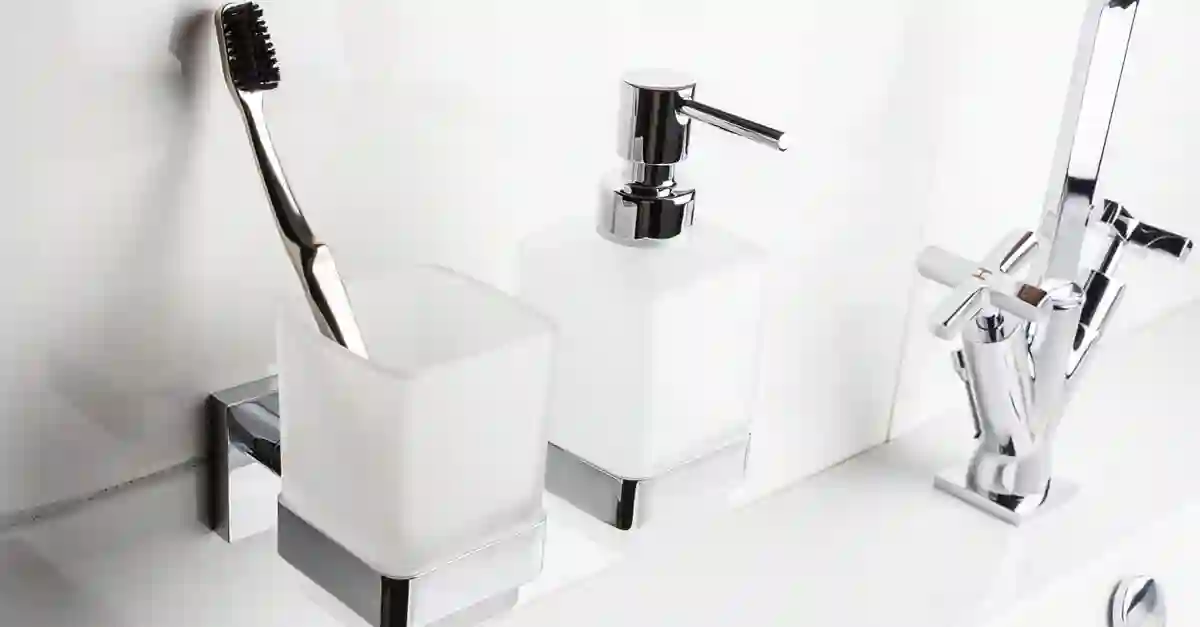Soap dispensers are essential for maintaining hygiene and cleanliness in homes and public spaces. They are used to dispense liquid soap for hand washing and are available in different designs and materials. Selecting the right material for soap dispensers is crucial for ensuring that the dispensers are durable, easy to clean and maintain, and attractive. In this article, we will explore the different types of materials used in constructing soap dispensers and their benefits.
A soap dispenser is a convenient and hygienic way to dispense soap in any bathroom or kitchen. They come in a variety of shapes, sizes, and designs, making it easy to find one that fits any home décor. Soap dispensers can be wall-mounted, counter-top, or even hand-held, depending on the needs of the user. The convenience of a soap dispenser can help to reduce the spread of germs and ensure that everyone is washing their hands properly. Soap dispensers are an easy and practical way to add an extra layer of cleanliness to any home.
Plastic
Plastic is one of the most commonly used materials in soap dispensers construction. Plastic soap dispensers are lightweight, affordable, and come in a wide range of colors and designs. They are also easy to clean and maintain, and are resistant to rust, corrosion, and moisture. However, plastic dispensers may not be as durable as other materials, and may crack or break over time.
Glass
Glass soap dispensers are elegant and stylish, and are perfect for adding a touch of sophistication to any bathroom or kitchen. Glass dispensers are easy to clean, and do not retain odors or stains. They are also durable and can last for many years with proper care. However, glass soap dispensers are more expensive than plastic dispensers, and are more prone to breakage.
Stainless Steel
Stainless steel soap dispensers are a popular choice for their durability and sleek, modern appearance. They are rust-resistant and easy to clean, and are ideal for use in high-traffic areas such as public restrooms or busy kitchens. Stainless steel dispensers are also eco-friendly, as they can be recycled at the end of their life. However, they are more expensive than plastic or glass dispensers, and may show fingerprints or smudges.
Brass
Brass soap dispensers are another popular option for their durability and attractive appearance. They are resistant to rust, corrosion, and moisture, and are ideal for use in wet areas such as bathrooms and kitchens. Brass dispensers are also easy to clean and maintain, and can last for many years with proper care. However, they are more expensive than plastic or glass dispensers, and may require more frequent polishing to retain their shine.
Conclusion
When choosing a soap dispenser for kitchen, it is important to consider the material used in its construction. Plastic soap dispensers are affordable and come in a wide range of colors and designs, while glass soap dispensers are elegant and stylish. Stainless steel dispensers are durable and eco-friendly, while brass dispensers are resistant to rust, corrosion, and moisture. No matter which material you choose, make sure to select a dispenser that is easy to clean and maintain, and that will last for many years with proper care.







